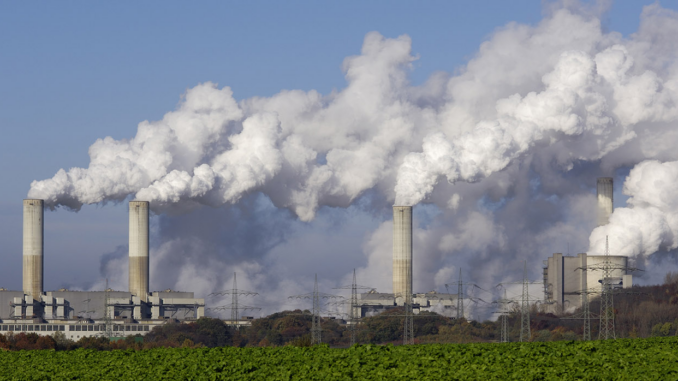
BY JOSH NARISMA
Recent conferences in New York City focused on the debate over whether the generation of electricity should be a public good or a private asset. The Democratic Socialists of America and other similar organizations want public ownership, which intertwines with the state’s climate goals of cutting overall greenhouse emissions by 40 percent and generating 70 percent of electricity from renewables by 2030.
The School of Labor and Urban Studies at The City University of New York’s “The Global Green New Deal and Public Ownership of Energy” panel explored different economic models of energy ownership. Trade Unions for Energy Democracy coordinator and CUNY professor Sean Sweeney unpacked elements of TUED’s latest working report, which revealed that even within progressive circles, public ownership is a difficult subject.
In his TUED report, Sweeney wrote that politicians generally prefer public investment in privately owned utilities. According to him, “more public investment will, if implemented, merely increase the strength of the private sector while extending the life of the neoliberal policy framework that has been ineffective from a climate standpoint and regressive in terms of its impact on workers and communities.” For example, he points to the Obama stimulus package of 2008 and the Biden Administration’s Inflation Recovery Act, which commits $369 billion of public spending for mostly private initiatives.
But Sweeney suggested that “there’s been a shift from global public goods being controlled by private markets to public ownership.” Sweeney maintained that “a public system would be better [but] that is sacrilege in the ears of, like, the head of the World Bank, for example.”
In New York City, planned energy initiatives include city investment in new energy efficiency projects, collaboration between local utilities Con Edison and National Grid to promote energy efficiency, and enhancing energy code enforcement by allocating resources to city agencies.
It wasn’t until last May that New York State lawmakers authorized the New York Power Authority to construct its own renewable energy projects aimed at achieving the state’s climate goals. The NYPA is the largest state public power authority in the United States. According to Grist, the Build Public Renewables Act includes provisions aimed at providing clean energy to low- and middle-income customers, and aiding workers displaced from fossil fuel projects. Climate activists are eager for the NYPA to phase out their ‘peaker power plants’ (power plants that generally only run where there is high demand for electricity) by 2030 and replace them with renewable energy resources.
On October 24, Governor Kathy Hochul announced plans to pursue three offshore wind and 22 land-based renewable energy projects totaling 6.4 gigawatts of clean energy. This is enough to power 2.6 million New York homes and deliver approximately 12 percent of New York’s electricity needs. This is the largest such state investment in renewable energy in the country’s history, made possible in part by the NYS Public Service Commission.
Publicly-owned energy has had varying degrees of success in other regions of the world. In an October 30 talk at 20 New York University, NYU professor Stephen Gross said that climate became highly politicized in Germany after reunification in 1990. “Germany is a state that did decide to do something very dramatic in around 2000 — the Renewable Energy Act, A Hundred Thousand Solar Roofs Program,” Gross said. “It kind of geared up its state investment bank and put a lot of money into energy efficiency, we have an energy tax (that ended up being watered down).”
Gross, who specializes in 20th century European climate and energy policy, is author of Energy and Power: Germany in the Age of Oil, Atoms, and Climate Change. He said, “Germans came from a different economic tradition that put more emphasis on empirical investigation and less weight on theory. They didn’t go down this strongly neoclassical, abstract, kind of theoretical framework that the American professionals did. They [had] the ear of policy makers in a way that I think some regressive American economists didn’t.”
According to the American Public Power Association, which provides approximately 2,000 community-owned electric utilities serving more than 49 million Americans, community-owned energy brings long-term value to citizens. This includes rate stability, the prioritization of community policies, and financial support for local government functions. The U.S. Agency for International Development agrees, but states there are obstacles to community-owned energy, such as a lack of financial and technical capability and corruption in local cooperatives, which diverts resources or decreases community support.
